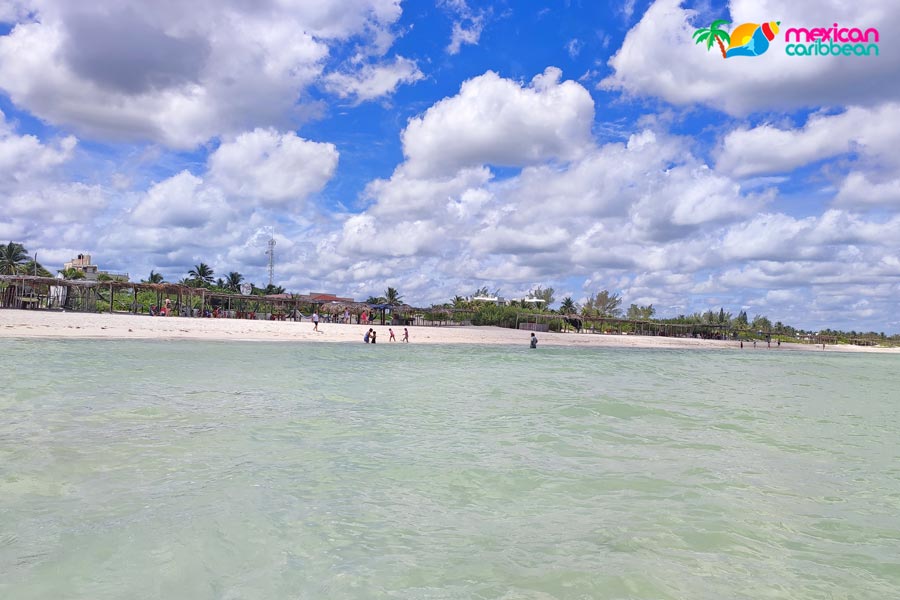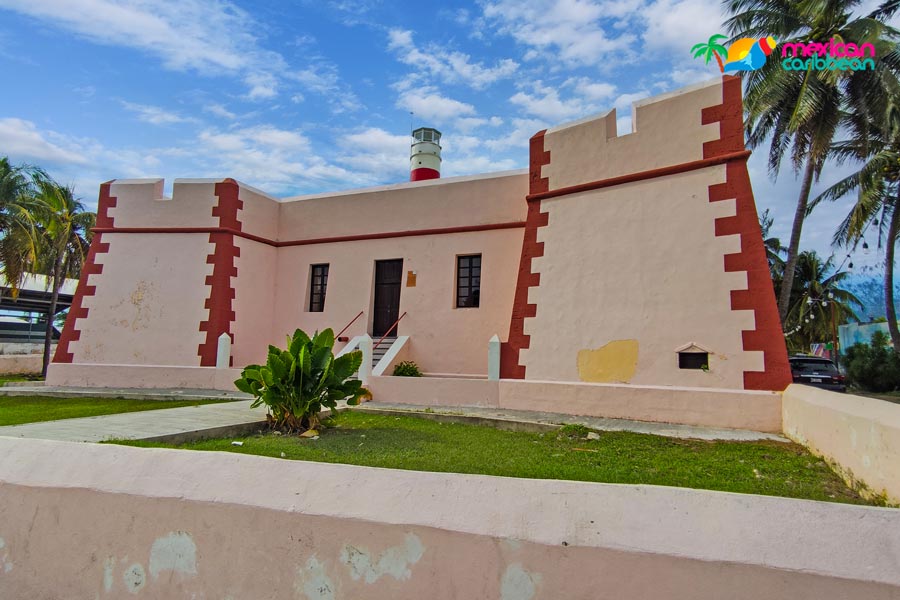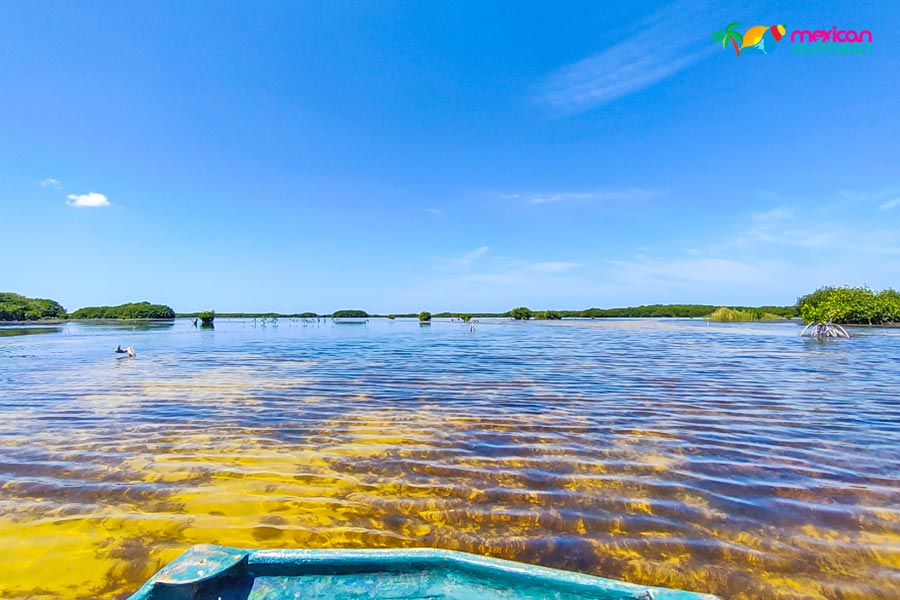Sisal Port
Located 76 kilometers west of Merida, Sisal was from the sixteenth largest trading port in Yucatan. For there were mobilizing large amounts of cargo and goods leaving bound for New Spain in ships armed with powerful guns to repel possible pirate attacks . Legendary coastal port, which was exported to most of the hemp that occurred in the state in the early nineteenth century. His smile is warm beaches, and of course, in its exotic natural settings.

The beautiful migratory birds, such as duck Canadian punctual arrivies each year seeking the shelter of the tranquil seas of Sisal, welcome. Its historical value not only dates from pre-Hispanic times, but it also preserves representative buildings of the colonial period in the middle of the harbor, as the Maritime Customs, Fort Santiago "El Castillo" and the Lighthouse, The home of Empress Carlota Amalia and cannons located in the central park who witness the defense against pirates in antiquity.
Among the attractions offered Sisal is a spring hidden in the lowlands of El Palmar, where you can swim when you're not the crocodile. There are also two balconies built with logs from where you can see the many species of birds that live in areas near the marsh and the "Petrified Forest" and magnificent sunsets. Some people who know the route, you can guide remains of Mayan buildings found within the reserve El Palmar. In the areas surrounding coral reefs are ideal for snorkeling or SCUBA diving. You can also enjoy boating and fishing. The predominant ecosystems consist of dunes, marshes and mangroves. Being the most representative mangrove chaparral plant community, this conforms hillocks (small islands of vegetation are high and land somewhat higher than the marsh) located near the outcrops of fresh water.

Among the mammals found in the vicinity of the community are: the spider monkey, boar collar, kinkajou, apache, badger, agoutis, deer, ocelot, jaguar, . Among the most abundant reptiles are crocodiles and iguanas. Marine species are represented mainly by the octopus, grouper, grouper, snapper, tuna, shrimp, crab and lobster. Along the extensive coast sea turtles lay eggs of various species (white, hawksbill and loggerhead). Here are also worth visiting, the fortifications that the ancient inhabitants built to protect the harbor from the incursions of the terrible pirates. Definitely visit the Yucatan coast is being surprised and pampered by her charms; saturated air is clean and clear and calm waters.
